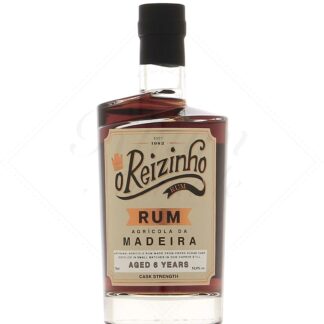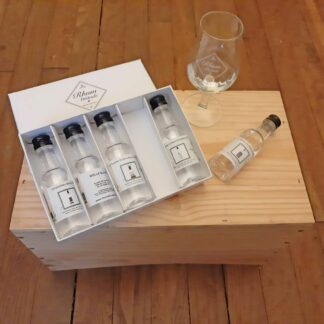Madeira (Portugal)
The history of Madeira rum
The first recorded Engenho (sugar mill) in Madeira dates back to 1452. 13 other sugar mills followed until 1496, and there were at least 34 by the end of the 16th century. Later, beet sugar overshadowed cane sugar, but technical advances that improved yields and quality kept the industry afloat.
Aguardente de cana (cane brandy) did not appear immediately, as all the cane grown was destined for sugar production. While molasses rum had been distilled since the early 16th century (making Madeira one of the first, if not the first, producer of "modern" rum in history), the first agricultural rum appears to have been distilled in 1649. It was initially distilled in traditional Portuguese stills, later replaced by stills imported from Cognac, and then by columns. At the time, it was mainly used to fortify Madeira wines.
The emergence of the local cocktail, poncha (agricultural rum, cane honey, orange juice) helped popularize Madeira's agricultural rum. With the general public catching on and Madeira wine enjoying great success in the UK, aguardente de cana enjoyed a golden age in the mid-19th century, with no fewer than 13 distilleries smoking.
Gradually, as was the case throughout the world, the sugar crisis hit and production was concentrated in large factories, notably that of William Hinton, a veritable sugar giant. This factory, the last on the island, closed in 1986, and since then sugar cane cultivation has been dedicated solely to rum and cane honey.
Madeira rums
The cane is harvested from March to May, corresponding to the annual distillation campaign. The juice usually ferments for 48 hours, and is distilled in traditional columns, much as in the West Indies. The big difference with the West Indies is the much milder climate, which results in a much lower share of angels for aged rums.
Today, there are 4 distilleries on the island:
The main one is called Engenhos Do Norte. Established in 1927, it produces a wide range of rums, from white to aged, including Branca and 970 rums.
Engenhos da Calheta also has a large production, but this is reserved more for the local market and poncha.
The L'Engenho Novo company arrived on the French market in 2017, after its first participation in the Rhum Fest Paris. It is the distillery of the former Hinton factory that has returned to service, offering a range of " William Hinton " aged rums that have benefited from a variety of finishes (Port, Madeira, Sherry, Whisky, Brandy...).
The smallest structure is a family distillery producing O Reizinho rum.
Independent bottlers have recently become interested in this island. The first bottlings were offered by Rum Nation ( Ilha Da Madeira 50% ) and by Ferroni with its Dame Jeanne n°4 . Read less
-
-
-
-
-
-
-
-
-
-
-
-
-
-
-
-
980 Engenhos Do Norte Rum Agricola Da Madeira 40°, Madeira, Portugal
- Madeira (Portugal)
- 40 ° - 70 cl
1 notice















